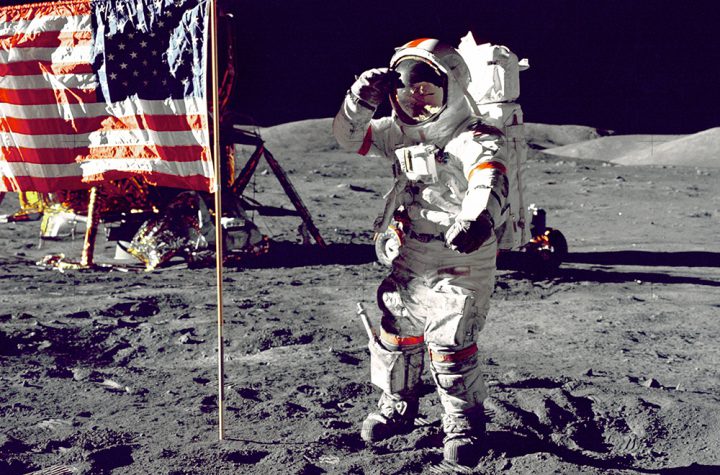
Australia is dealing with its first recession in almost 30 years, with young people hit particularly had by the economic downturn.
Australian Industry Group Chief Executive, Innes Willox, said the government has to support young people and provide opportunities for them to get back into the workforce.
“We have been talking to the government for quite sometime around the need to get supports into businesses to help them employ people, particularly young people,” Mr Willox told the ABC.
“Young people have been disproportionately impacted by this downturn due to the nature of the work they do, so that is a step one.
“Step two is the longer younger people are out of work, the harder it is for them to get back into work, they become disconnected from the workplace.”
Mr Willox said the first thing the government needs to do is create more opportunities for young people to develop valuable skills to prepare them for the workplace.
“The second is to create the opportunities for them to work, and that is why proposals around wage supports are very important here. We don’t know what the government has decided in the end, how long they will go for, the duration, or the extent of the support, all we know is it appears that the government is happily looking at instances to get people back into work.”
Picture: Sam Mooy/Getty Images
Treasurer Josh Frydenberg said women and young people have been some of the groups hit hardest by the economic toll of the pandemic, adding that the Budget will focus on increasing jobs for both groups.
“In tonight’s Budget, we’ll be releasing our second women’s economic security statement, helping to boost female workforce participation, because we want to get it back to that record high that it was before this crisis began,” Mr Frydenberg said.
“In tonight’s Budget, we’ll also be supporting young people, because the history of previous recessions in Australia – in the 1980s and the 1990s – is that it’s taken a long time to get unemployment back to where it was.
“They say that unemployment goes up the elevator and comes down the stairs. In the 1980s, it took six years to get unemployment back below 6 per cent from where it started. In the 1990s, it took 10 years. We want to move faster than that, and importantly we want to help women and young people get back to work.”





More Stories
US star Megan Rapinoe tells BBC Sport about how taking a knee jeopardised her international career, and what the future holds for women’s football.
Australia’s corporate watchdog is in limbo as the Morrison government awaits the Thom review before deciding the fate of both ASIC and its chairman, James Shipton.
Researchers at Columbia Engineering found that alkali metal additives, such as potassium ions, can prevent lit